The most common diseases and pests of yucca
Yucca - a plant of the Agavov family. There are about 20 species. Some of them are grown in gardens, others as indoor flowers. Yucca is considered an unpretentious plant.
Content:
Description and structural features
Yucca grows naturally in the subtropics and tropics. It is a short evergreen tree or bush. In more northern latitudes, it can grow subject to the rules of wintering. Yucca is prized for its beautiful long leaves and delicate flowers. Leaves are hard, narrow, sword-shaped. Depending on the species, they can be pointed, covered with fine threads, or end with a thorn. Their length can range from 25 cm to 1 m, width from 2 to 7 cm. The color of the leaves can be of different shades of green or dove-gray. They form a rosette that can be located near the root or at the top of the trunk.
Yucca flowers are large bells, collected in a panicle inflorescence that stands upright or bends towards the ground.
Bells can be white, cream or yellow in color. The panicle is up to 2 m long. In places of natural growth, yucca is used for industrial purposes. Sugar is obtained from its juice, and fibers are extracted from the leaves, which are used for the production of ropes. In addition, they are used as a decorative culture.
In regions above the subtropics, yucca is grown as an indoor or garden plant. Unfortunately, indoor yucca practically does not bloom at home. But the garden, with proper care, will delight the owners with abundant flowering.
Yucca care at home
Yucca, as a subtropical plant, loves warmth and requires a lot of sun. Indoor yucca in the summer, it is advisable to take out into fresh air, but not into drafts. The temperature in summer should not exceed 25 ° C, in winter it should be lowered to 12 ° C. If the temperature is not lowered, the leaves will become thin and dull.
Special requirements for watering yucca:
- Water only with warm water. The temperature must be at least 30 ° C. When watering with water at room temperature, the vessels of plants narrow, moisture does not get well to the stem and leaves. This can lead to root rot, causing the yucca to disappear. But you don't need to measure the temperature with a thermometer. It is enough to try the water with your hand. It should be warm. If it is taken from the water supply, it is preliminarily defended for at least a day. The dishes are not closed so that the chlorine comes out freely. If water is taken from a pump room, well, it is advisable to determine its composition. It should contain less sodium salts and more
- You need to water the whole clod of earth. Water is poured until it spills and appears in the pan. This will indicate that all the soil in the pot has been moistened. But if you leave the water in the pan for a long time, the roots will fester. Half an hour after watering, it is drained. This time is needed for the roots to absorb the right amount of moisture. If the pot is very large, it is not convenient to remove it. Water is removed with a sponge or syringe.
- Yucca stores moisture from the soil. She must use it periodically. This happens when the soil dries out. You need to water the plant next time only after the whole clod of earth in the pot dries up.This can be determined by probing the soil at a depth of 3 to 10 cm (depending on the depth of the pot or the size of the plant). It should be wet and the top layer dry.
- Yucca tells the watering time by its appearance. Its leaves curl, and the threads straighten and hang on them, the plant needs to be watered.
- Many types of yucca require high humidity. You need them every day with warm water. A pallet with stones is installed in the room, which are constantly kept moist. The leaves are washed once a week with a warm shower. The varieties of yucca elephant and aloe leaf do not need spraying.
Yucca grows well and blooms after top dressing. Use mineral fertilizers, humus, infusion mullein... The frequency of feeding is 2 times a month. But it is carried out only when the plant takes root. Do not feed diseased plants.
Yucca plants that have reached a height of at least 30 cm can be cut in spring to make the bush fluffy. The height of the plant after pruning will remain the same. Cut off the top with a sharp knife treated with alcohol. Sprinkle the place of the cut with crushed coal or crushed cinnamon. In a few weeks, new bunches of leaves will appear. Their number should not be more than 4, otherwise the bush will become heavy and unstable. The extra tip can be planted separately.
Diseases and pests of yucca
Yucca reacts painfully to many factors:
- Watering with cold water.
- Drafts.
- Excessive watering.
- Hypothermia of the soil.
- Root damage.
Excessive moisture in the soil, combined with a low temperature, can lead to rotting of the roots, and this, in turn, to the death of the plant. First, the leaves wither and fall. If the cause is found in time, you need to remove the plant from the ground, remove the damaged areas, treat them with a disinfectant. When the cut site dries up, the plant is planted in the ground. But it is better to choose a more suitable site for this.
Root decay is often combined with the appearance of yucca pests:
- Mealybug
- Aphids
- Spider mite
- Shield
You need to fight pests by treating yucca with one of the insecticides (Aktara, Karbofos). Iskra BIO will help to get rid of spider mites. But first, before buying an insecticide, you need to treat the affected areas with a solution of laundry soap.
As evidenced by the poor appearance of the plant:
- The tips of the leaves turn brown from too dry air or drafts. This may also indicate that the plant needs watering. Light dry spots indicate sunburn. Rolled leaves indicate that the yucca is cold. It is necessary to determine the cause and eliminate it.
- Anthracnose is a fungal disease. Brown spots with a yellow border are formed on the leaves. The edge of the spot is convex. As the disease progresses, they merge into large ones. High humidity contributes to the appearance of anthracnose. Prevention in the apartment: do not spray the leaves, reduce the humidity in the room. Treat with antifungal drugs ("Folly"). In the garden, they are treated with Saprol antifungal drugs, weeds are removed, the vegetation around is thinned out so that the air passes freely between the leaves. Spill the soil around the plant with a solution of "Fundazol". If the measures taken do not help, then it is better to remove the plant.
- Sometimes a white bloom forms on the leaves of the yucca. Young leaves are especially susceptible to disease. This is due to damage to the plant. powdery mildew... This is a fungal disease, so the methods of dealing with it are the same as with anthracnose. You can spray the plant with preparations "Skor" and "Topaz»At intervals of a week.
The result of the fight against the disease can be judged by the further development of the plant. If the growth that appears some time after the treatment is healthy and beautiful, the treatment was effective. If it is also affected by powdery mildew, it will have to be cut off. Most often, this helps to get rid of the disease.In severe cases of fungal infection, the stem of the plant may soften. At the initial stage, it is necessary to remove the diseased areas and process the cut sites.
Indoor yuccas can get sick with fungal diseases:
- Gray mold that attacks leaves and stems.
- Cercosporosis - brown spots on the leaves, merging into one, with a light center and a dark edge.
- Yellow speckling is a viral infection of the leaves, which manifests itself in the form of small yellow spots. They are located closer to the end of the sheet. Aphids, which carry the virus, contribute to the appearance of the disease. Affected plants are dug up and burned.
A healthy garden yucca plant does not cut withered leaves. This can result in the plant not blooming. A purchased indoor yucca can shed its leaves. This is due to the stress of the move. After a couple of weeks, the leaves will start to grow back. The yellowing of the lower leaves is a natural process. 2 years after formation, the leaf turns yellow and falls off.
More information can be found in the video:



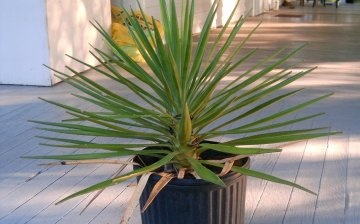
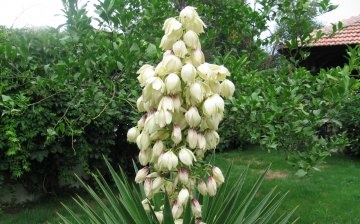
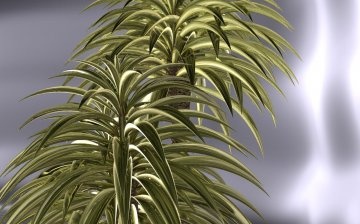
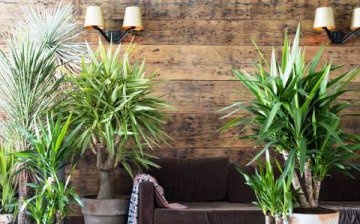
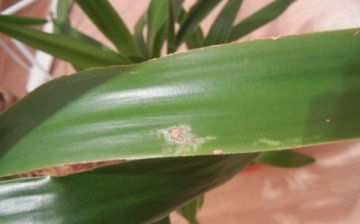
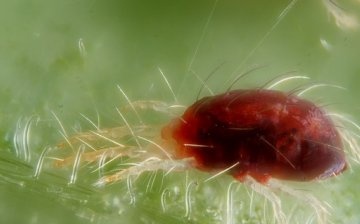






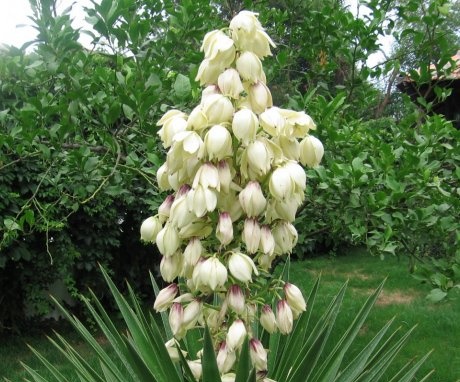
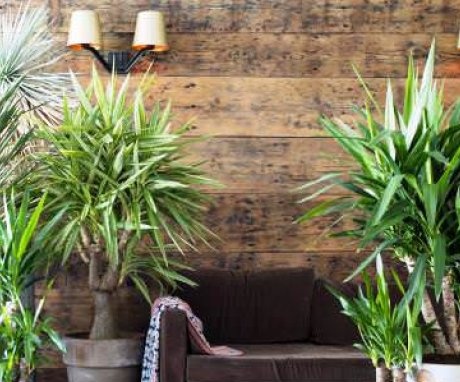
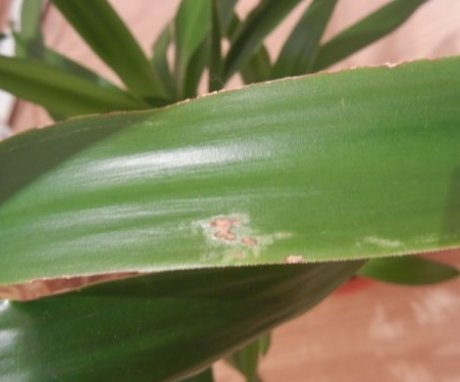
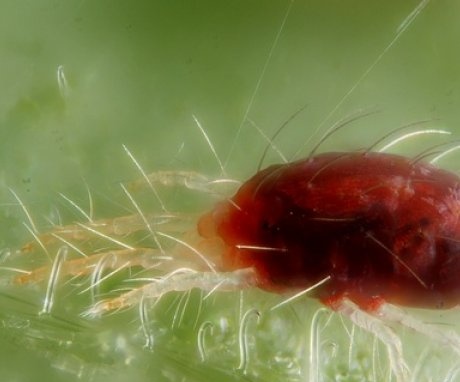
I had no problems with yucca. An excellent houseplant, the only thing I encountered was the fact that leaves sometimes dry, but they can be pulled out and new ones will grow in their place.